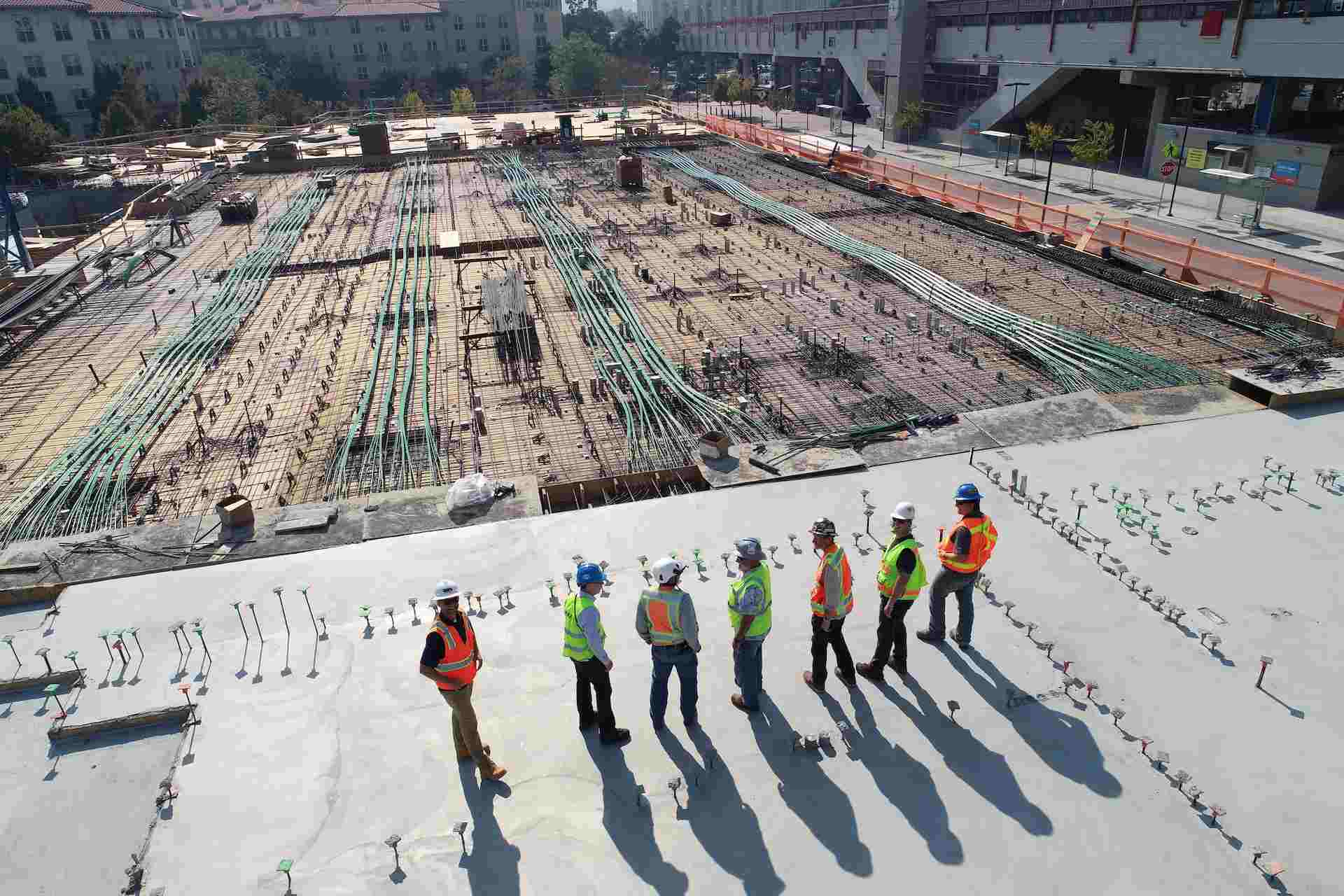Introduction
The processes involved in constructing buildings, infrastructure, industrial facilities, and related operations through to the end of their useful lives are covered by the term "construction" in its most common usage. Construction normally begins with planning, finance, and design and continues until the asset is finished and ready for use. It also includes any work to expand, extend, or improve the asset as well as any work to repair, maintain, or decommission it. The Construction Write For Us category is where you can share your views.
Types of Construction
The types are-
Residential Construction
Structures designed for living are referred to as residential buildings. You can further divide this category into single-family and multi-family buildings. Even so, the term "multi-family" is frequently too general to accurately capture the requirements and factors of a project.
Think about building a duplex as opposed to a condominium building. The scale, cost, building materials, and engineering requirements of the two differ significantly even though they are both considered multi-family homes. Construction of a high-density residential project (like a high-rise apartment block) typically has more in common with a commercial project than other types of residential projects, from the viewpoint of both owners and contractors.
Commercial Construction
A wide range of commercial facilities can be categorised under the umbrella term of "commercial construction." These consist of workplaces, shops, hotels, and other structures created for commercial usage. Commercial projects are ten times more complicated than residential ones.
Commercial architects and developers must take into account a wide range of requirements, including accessibility, energy efficiency, environmentalism, and function. The substantial rise in financial risk, especially during the pre development stage, widens the difference between residential and commercial building. The permission of a governing body or council is almost usually required for project owners in order to move forward because, without it, they are unlikely to be approved for the finance they need to support the project. Commercial construction projects must adhere to strict building regulations.
Mixed-use construction
In a single region or development, mixed-use construction projects integrate several forms of building and land usage. By placing a range of uses next to one another, mixed-use complexes aim to build more effective and integrated communities. To create lively, practical urban or suburban areas, they frequently mix residential and commercial structures, leisure facilities, green space, and public services.
Developers frequently employ mixed-use developments as a way to lower their financial risk by allowing them to diversify their portfolios inside the same structure. The residential and retail properties may help the owner reduce losses if the demand for office space declines (for example, during a pandemic). The complexity of the project will, however, rise if various end users are accommodated in a single development.
The Bottom Line
The gross domestic product (GDP) of many nations is heavily influenced by the building industry. Around $4 trillion was spent on construction-related activities worldwide in 2012. Over $11 trillion was spent on the construction business annually in 2022, or roughly 13 percent of the world's gross domestic product. According to projections, this spending will reach about $14.8 trillion in 2030.


